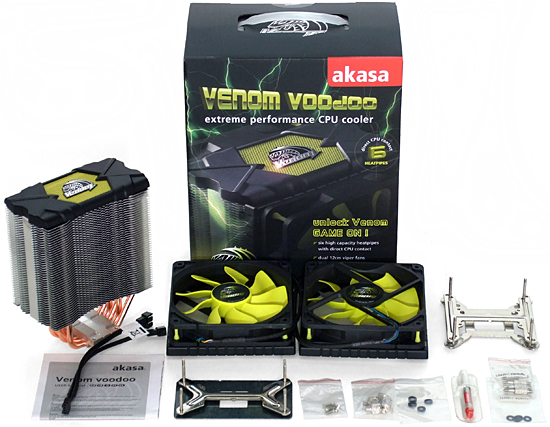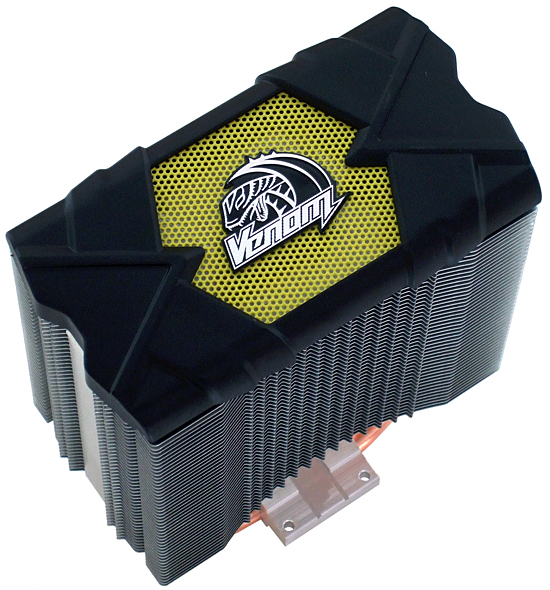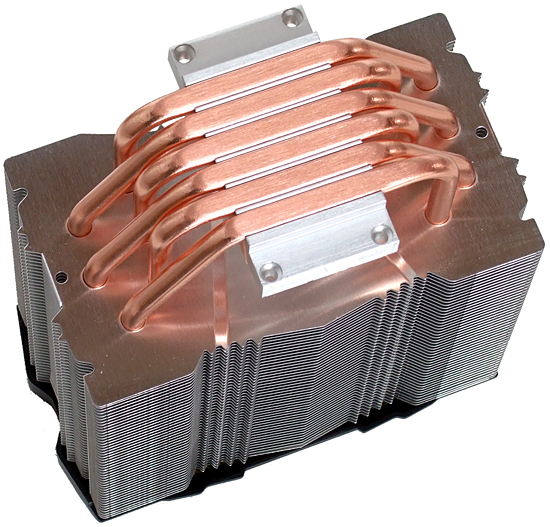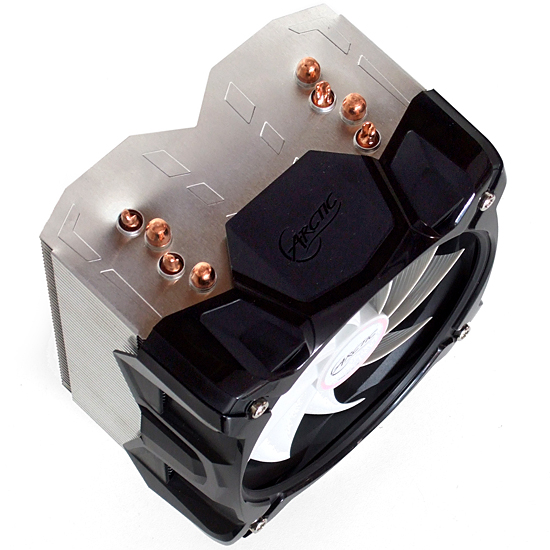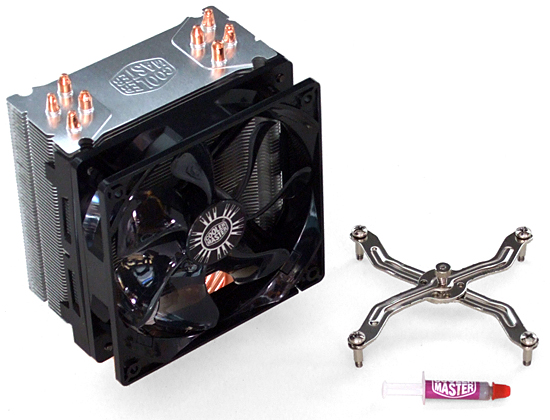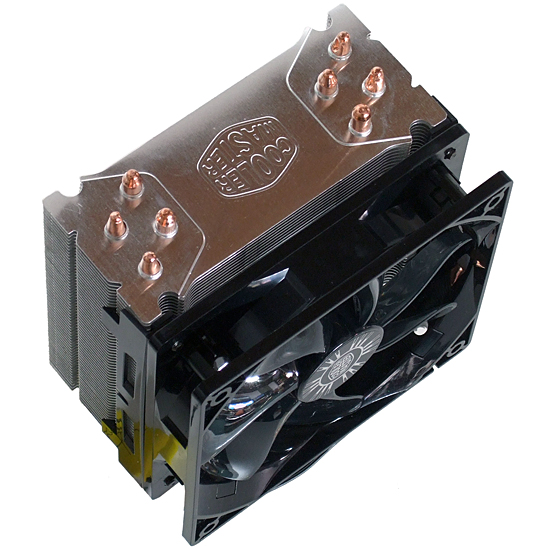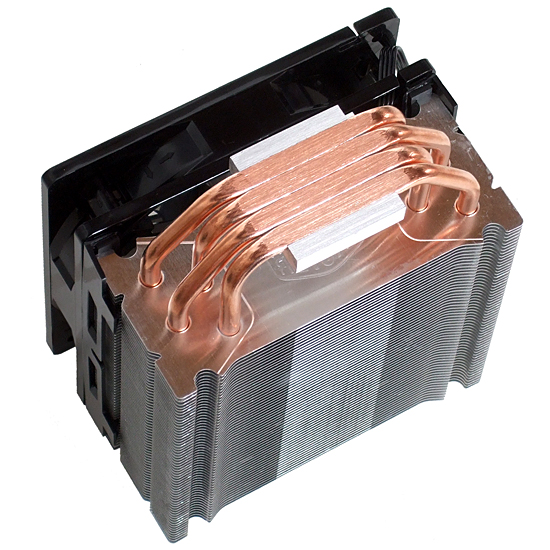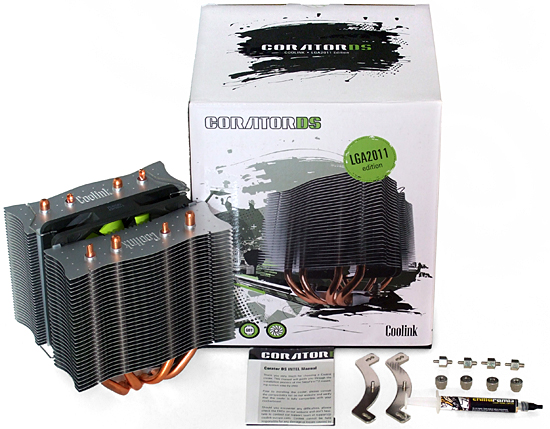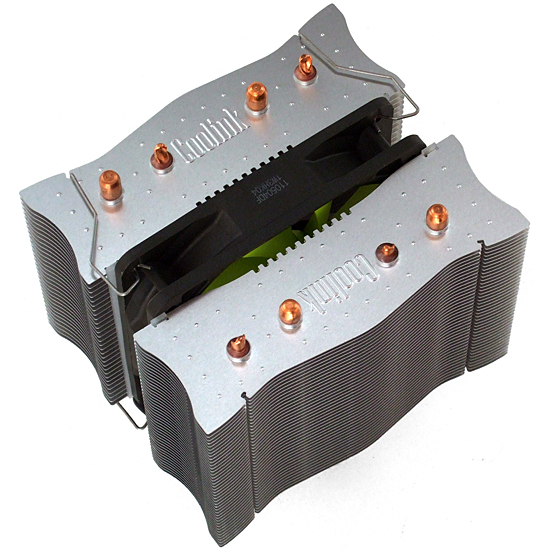In Pictures: 14 LGA 2011 Coolers For Your Core i7-3000 CPU
Do LGA 2011-based processors really need to be matched up to closed-loop liquid coolers? Not at all. We collected 14 different high-end heat sink kits able to do the job with air. Keep an eye out for our upcoming performance write-up, too!
Akasa Venom Voodoo
Akasa adds dual fans to its Venom Voodoo to increase air velocity and cooling capacity. The speed of both fans can be controlled from a single motherboard header thanks to the included PWM-capable splitter.
The installation kit welcomes users of earlier platforms as well, though it installs the wrong way on most AMD boards, facing either up or down rather than left/right.
A Mesh Top
How does mesh help the Venom Voodoo keep its cool? This is probably a matter of looking cool, as the aluminum sink sparkles through the yellow material shown in the image.
Voodoo Pipes
The magic of Akasa’s design is actually found in its simple, yet effective design. Six heat pipes with staggered spacing transfer heat quickly away from the CPU, while a direct-contact design reduces the amount of latent heat that resides in its base.
Arctic Cooling Freezer i30
AC usually targets the value market, and narrowing support to fewer processor interfaces certainly helps keep costs down. Two sets of mounting holes on the Freezer i30’s top bracket fit LGA 2011 and LGA 1155/1156 spacing. A revised set of mounting screws allows the top bracket to connect directly to the LGA 2011 interface's integrated threads, while a separate base plate provides screw threads for LGA 1155 and 1156.
Four Pipes And A Single Fan
Other cost-savings measures include Arctic Cooling’s use of only four heat pipes and a single fan on oversized cooling fins. All of these budget-oriented nods target high-value pricing, which we’ll evaluate in our upcoming performance analysis.
A Flatter Base
Arctic Cooling is one of several manufacturers now stacking direct-contact heat pipes edge-to-edge across the base for increased contact area and fewer air gaps. Its extremely smooth finish appears to be milled rather than sanded.
Get Tom's Hardware's best news and in-depth reviews, straight to your inbox.
Though the Freezer i30 makes no bold proclamations about its squished-together pipes, one of its competitors claims this as an exclusive, proprietary technology.
Cooler Master Hyper 212 Evo
The next step beyond its popular Hyper 212 Plus, Cooler Master took the bold step of sending us only the updated parts. Chief among these is a foldable LGA 2011 bracket, though the fan and sink also underwent minor revisions.
Another Value Play
Sticking with the value theme of its previous “Plus” version, the Hyper 212 Evo includes only a single fan and four heat pipes. We expect the retail pack to include a second set of fan brackets—as found in the previous version—to enable push-pull configuration upgrades.
Continuous Direct Contact
Cooler Master claims a patent for the Hyper 212 Evo’s smashed-together direct-contact heat pipes, which it refers to as Continuous Direct Contact. Pushing the pipes together increases contact area by decreasing the number of air gaps.
The base is sanded smooth for a flat, though somewhat rough finish.
Coolink Corator DS
Primarily a fan brand in the U.S., Coolink has been turning its European customers into fans (pardon the pun) for a few years by providing lower-cost versions of top-brand solutions. The Corator DS cuts cost by including only LGA 2011 mounting screws in this LGA 2011-edition cooler, though the brackets have three mounting holes corresponding to the smaller processor interfaces supported by other versions of the same cooler.
Hide And Seek
A single, centrally-mounted fan on the Corator DS brings back memories of the competing Tuniq Tower 120 Extreme, though the remainder of the sink design appears unique.
